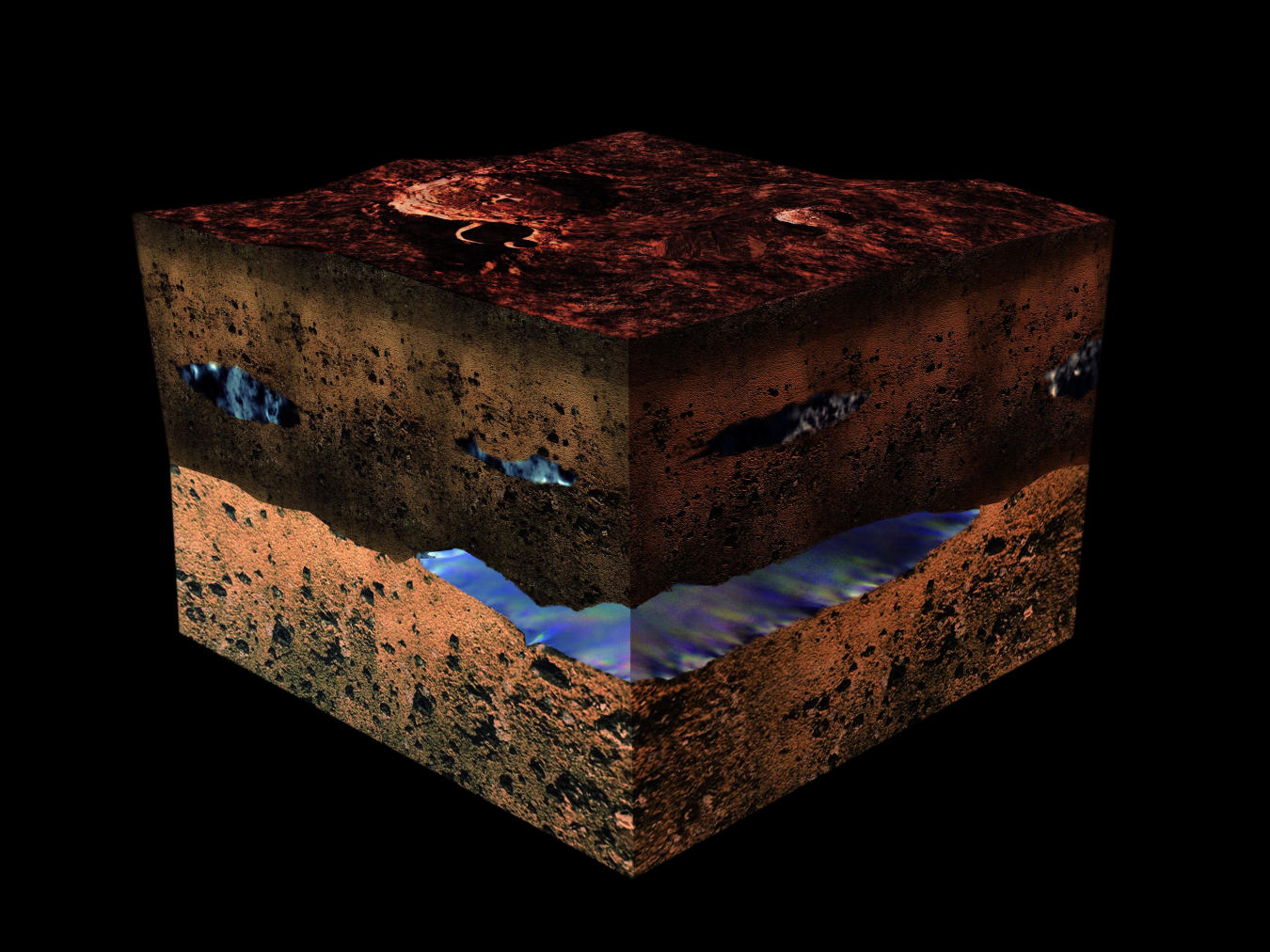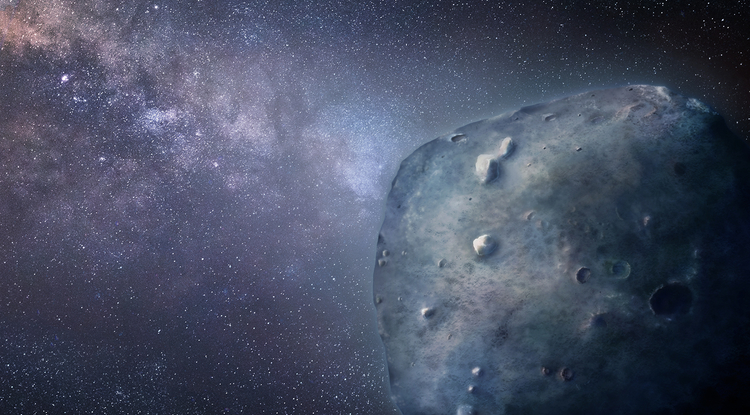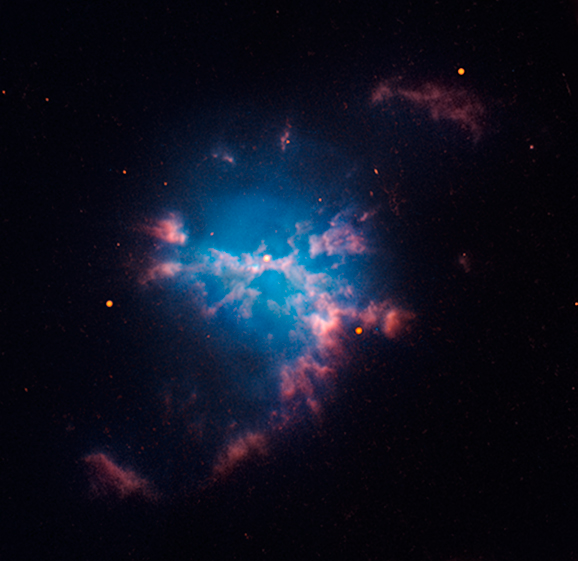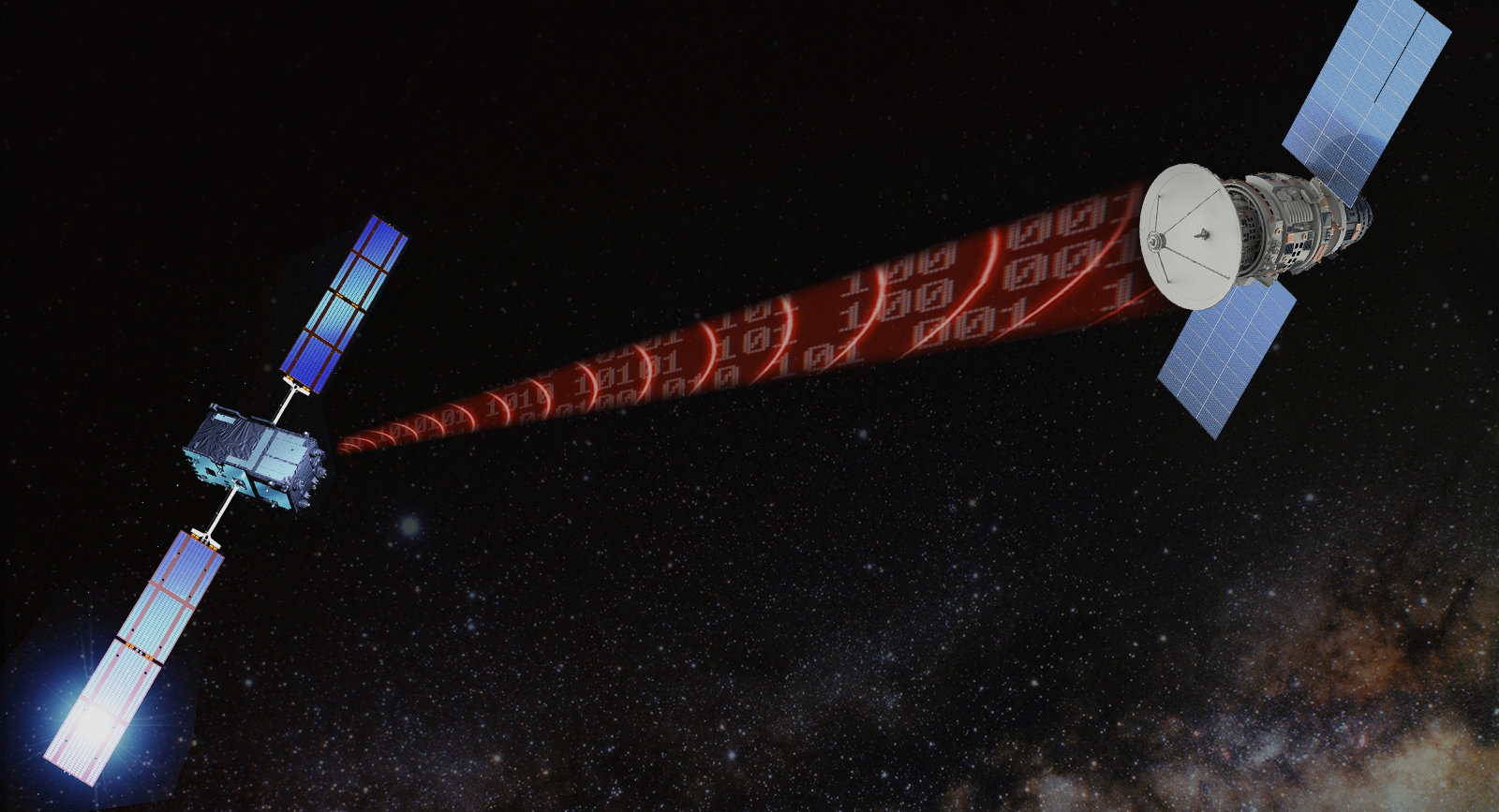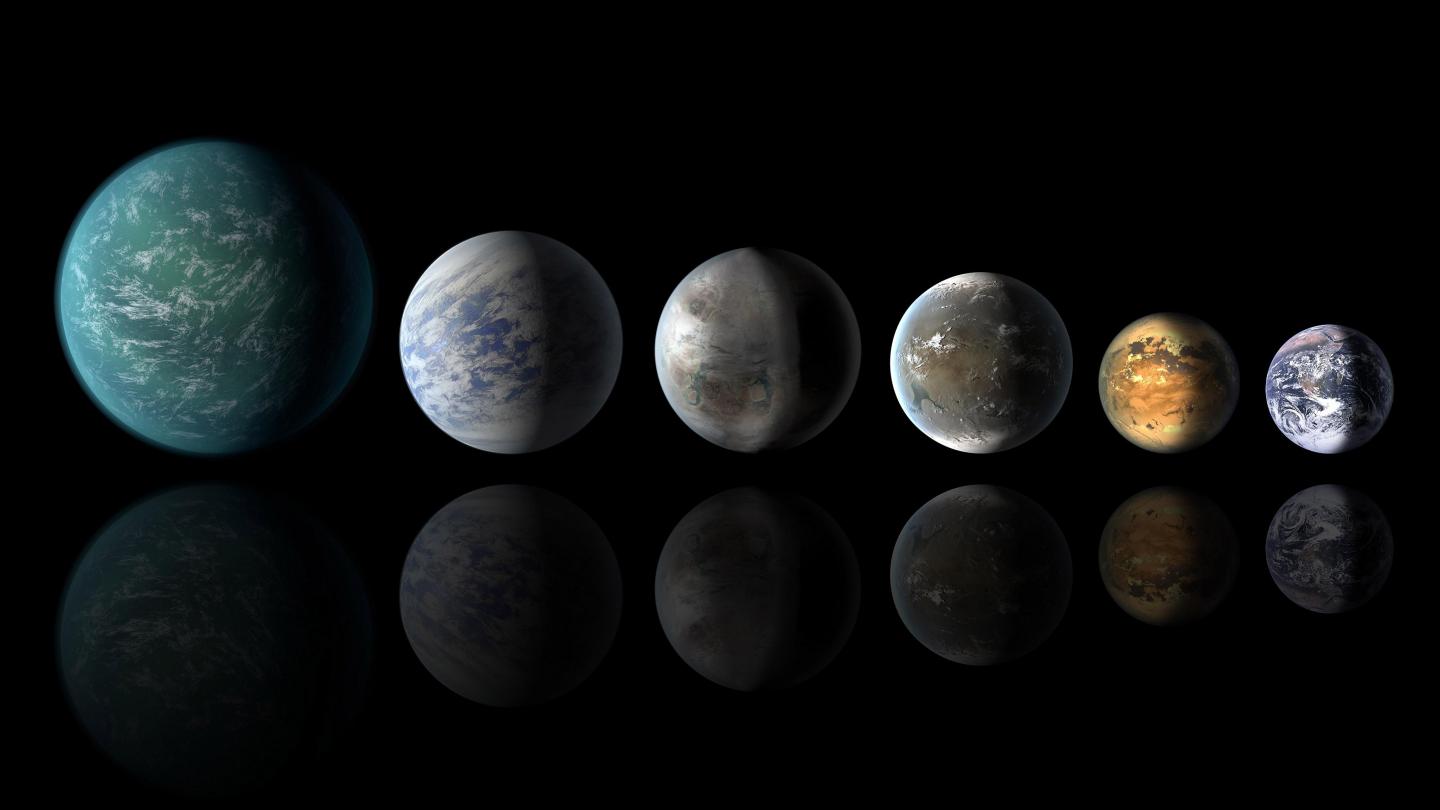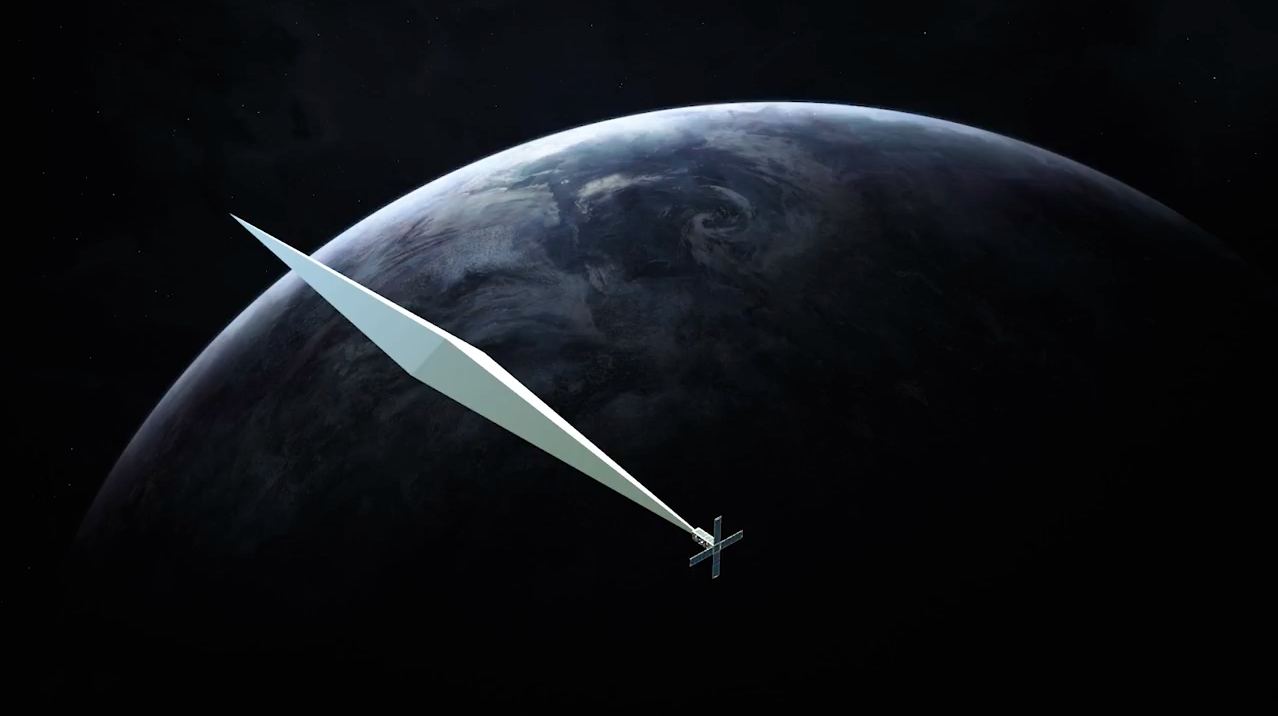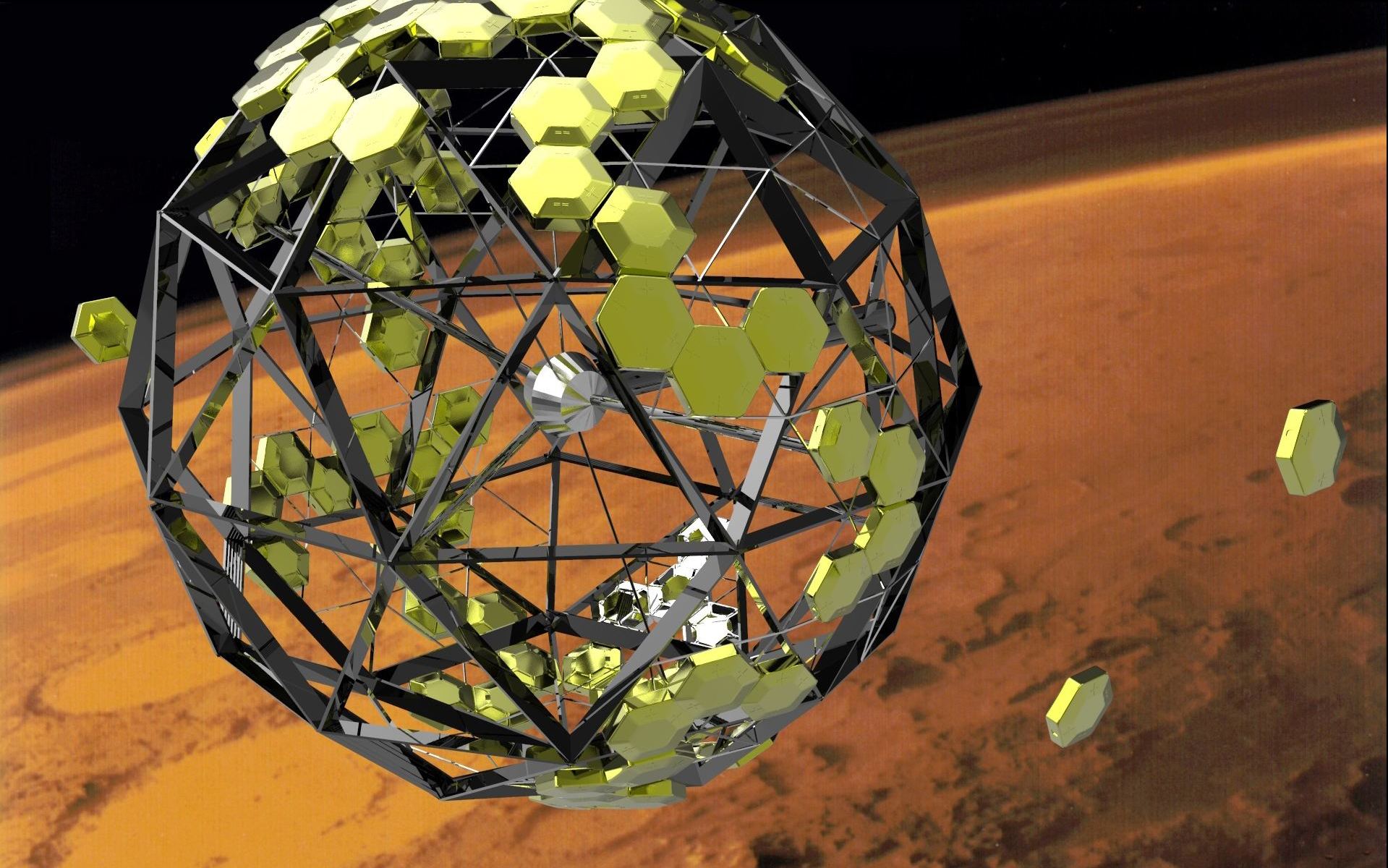The possibility that life could exist on Mars has captured the imagination of researchers, scientists and writers for over a century. Ever since Giovanni Schiaparelli (and later, Percival Lowell) spotted what they believed were “Martian Canals” in the 19th century, humans have dreamed of one day sending emissaries to the Red Planet in the hopes of finding a civilization and meeting the native Martians.
While the Mariner and Viking programs of the 1960s and 70s shattered the notion of a Martian civilization, multiple lines of evidence have since emerged that indicate how life could have once existed on Mars. Thanks to a new study, which indicates that Mars may have enough oxygen gas locked away beneath its surface to support aerobic organisms, the theory that life could still exist there has been given another boost.
Continue reading “There Might be Enough Oxygen Below the Surface of Mars to Support Life”

